This CME teaching activity has been designed to provide a comprehensive review of key topics in surgical pathology, including gastrointestinal, orthopedic, pulmonary, breast, head and neck, and gynecologic pathology. The activity provides an update and an extensive overview of the most important diagnostic features allowing practicing pathologists to make an accurate diagnosis, as well as important clues as to how to avoid the most common pitfalls resulting in diagnostic error. Faculty discuss appropriate diagnostic immunohistochemical and molecular tests which help to serve as diagnostic adjuncts.
Target Audience
This CME activity is primarily designed to educate practicing pathologists.
Educational Objectives
At the completion of this CME teaching activity, you should be able to:
- Discuss the most diagnostic errors in diagnosing Barrett’s esophagus-related dysplasia.
- Understand the most common diagnostic difficulties in the most common colorectal polyps.
- Discuss the most common pitfalls in separating ulcerative colitis from Crohn’s disease.
- Provide an accurate classification and appropriate use of ancillary studies in endometrial and vulvar lesions.
- Describe the most up-to-date classification of endometrial carcinomas.
- List an accurate differential diagnosis for the most common head and neck lesions.
- Employ the most useful immunostains in addressing the most common diagnostic problems in head and neck pathology.
- Identify the limitations and potential pitfalls of immunohistochemistry and molecular testing in head and neck pathology.
- Recognize the criteria used to establish a diagnosis of periprosthetic joint infection and the significance of intraoperative neutrophil counts.
- Cite the WHO 2020 changes to the nomenclature of cartilaginous neoplasms.
- Identify how to differentiate the most common benign and malignant bone-forming neoplasms.
- Review the current diagnostic criteria for adenocarcinomas of the lung and the implications for staging.
- Review the current WHO diagnostic criteria for neuroendocrine tumors of the lung.
- Describe the diagnostic features and the most important differential diagnoses for the most common interstitial lung diseases.
- Utilize information on the uses and limitations of immunohistochemistry in resolving diagnostic problems in breast core needle biopsy specimens.
- Review the updated guidelines for ER, PR and HER2 testing in breast cancer.
- Recognize the uses and limitations of immunohistochemistry in resolving diagnostic problems in spindle cell lesions of the breast.
Program
BE and BE-Related Dysplasia: Controversial Issues
John R. Goldblum, M.D.
Periprosthetic Joint Infection: Pathologists, Neutrophils, and Four-Letter Words
John Reith, M.D.
Adenocarcinomas of the Lung: An Update of the WHO Classification
Carol Farver, M.D.
Contemporary Considerations for Core Needle Biopsy of the Breast
Laura C. Collins, M.D.
Pitfalls in the Diagnosis of Head and Neck Squamous Cell Carcinoma and Dysplasia
Justin A. Bishop, M.D.
Approach to the Endometrial Biopsy
Brooke Howitt, M.D.
An Update on Cartilaginous Tumors: WHO Are You?
John Reith, M.D.
Neuroendocrine Tumors of the Lung: Current Diagnostic Criteria and Controversies
Carol Farver, M.D.
Colorectal Polyps: Confusion and Controversy
John R. Goldblum, M.D.
Spindle Cell Lesions of the Breast
Laura C. Collins, M.D.
Updates on Human Papillomavirus-related Head and Neck Carcinomas
Justin A. Bishop, M.D.
Classification of Endometrial Carcinomas
Brooke Howitt, M.D.
Bone-forming Neoplasms: They are Not as Hard as They Seem
John Reith, M.D.
IBD and IBD-related Dysplasia
John R. Goldblum, M.D.
Update on the Unusual Carcinomas of the Breast
Laura C. Collins, M.D.
Common Interstitial Lung Diseases: The Essentials for Practicing Pathologists
Carol Farver, M.D.
Vulvar Squamous Lesions
Brooke Howitt, M.D.
Newly Defined and Recently Refined Salivary Gland Tumors
Justin A. Bishop, M.D.
CME Release Date 2/15/2022
CME Expiration Date 2/14/2025

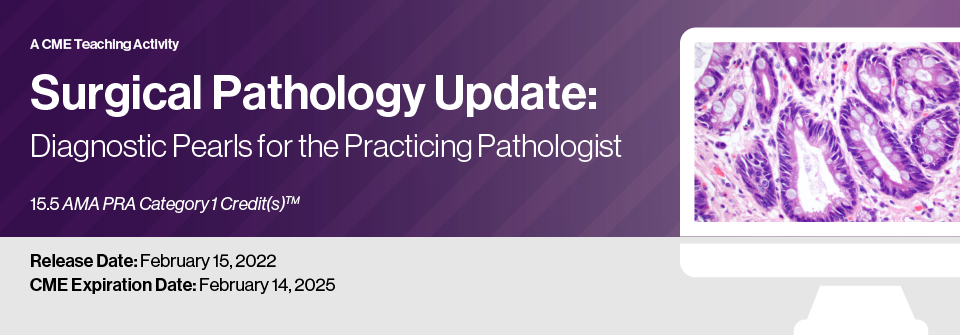
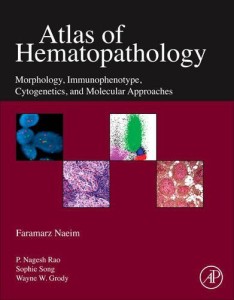
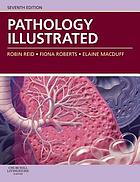
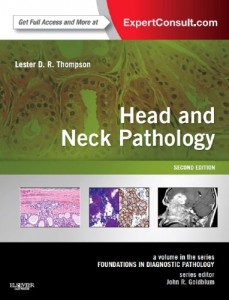

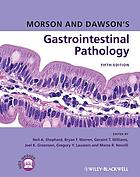
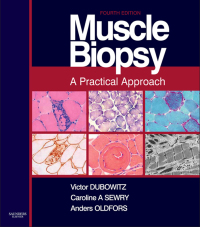
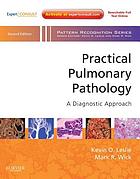

Reviews
There are no reviews yet.